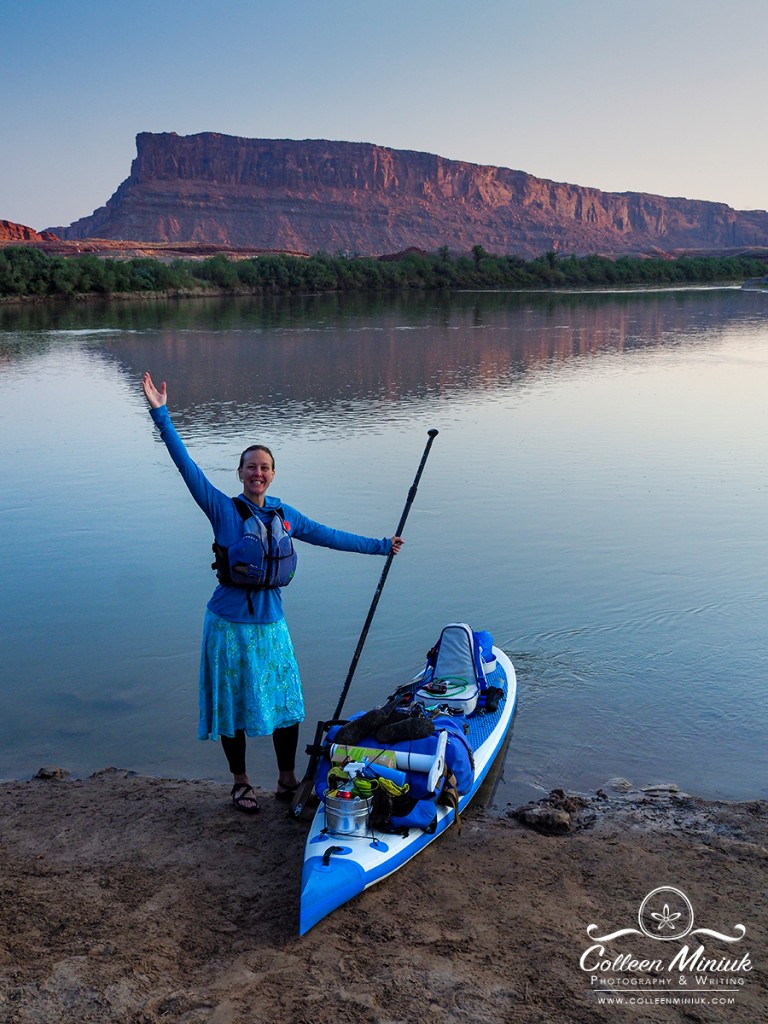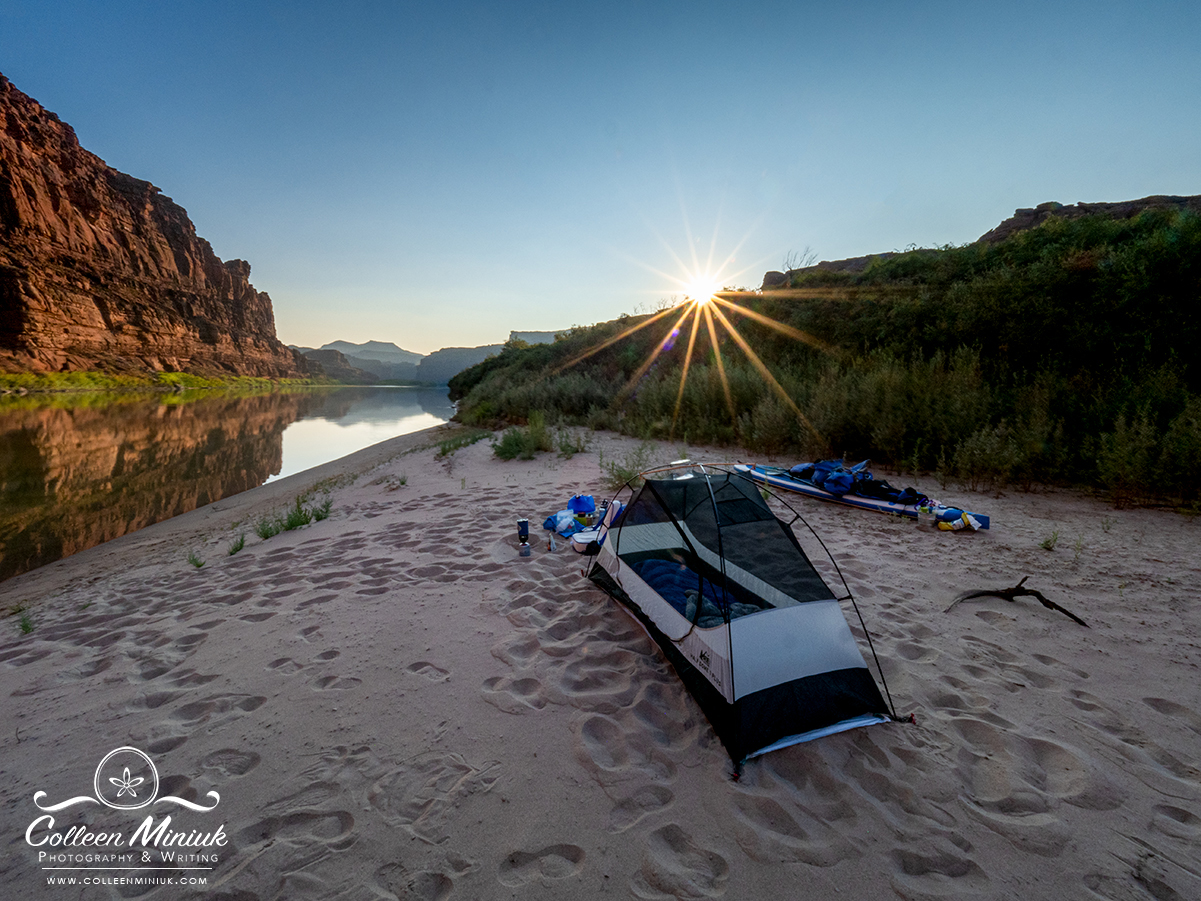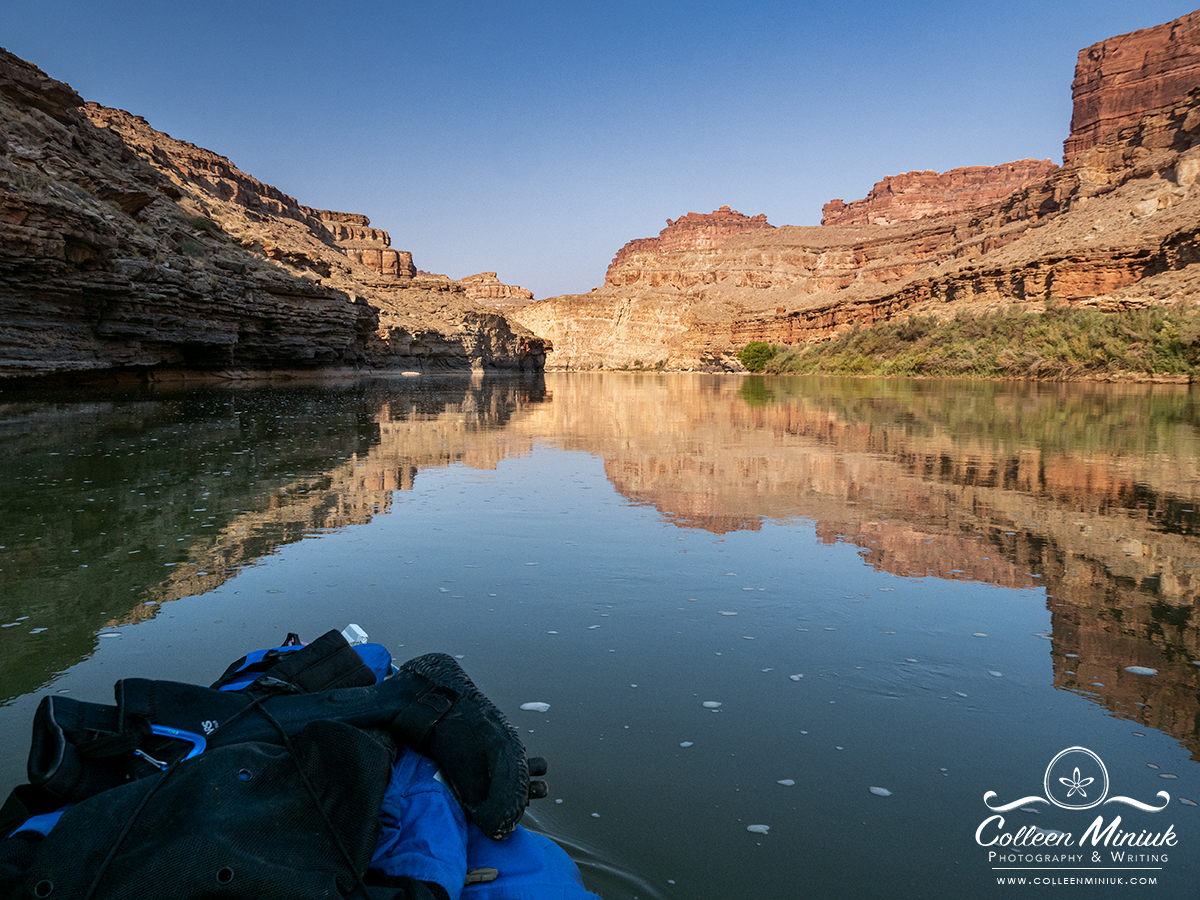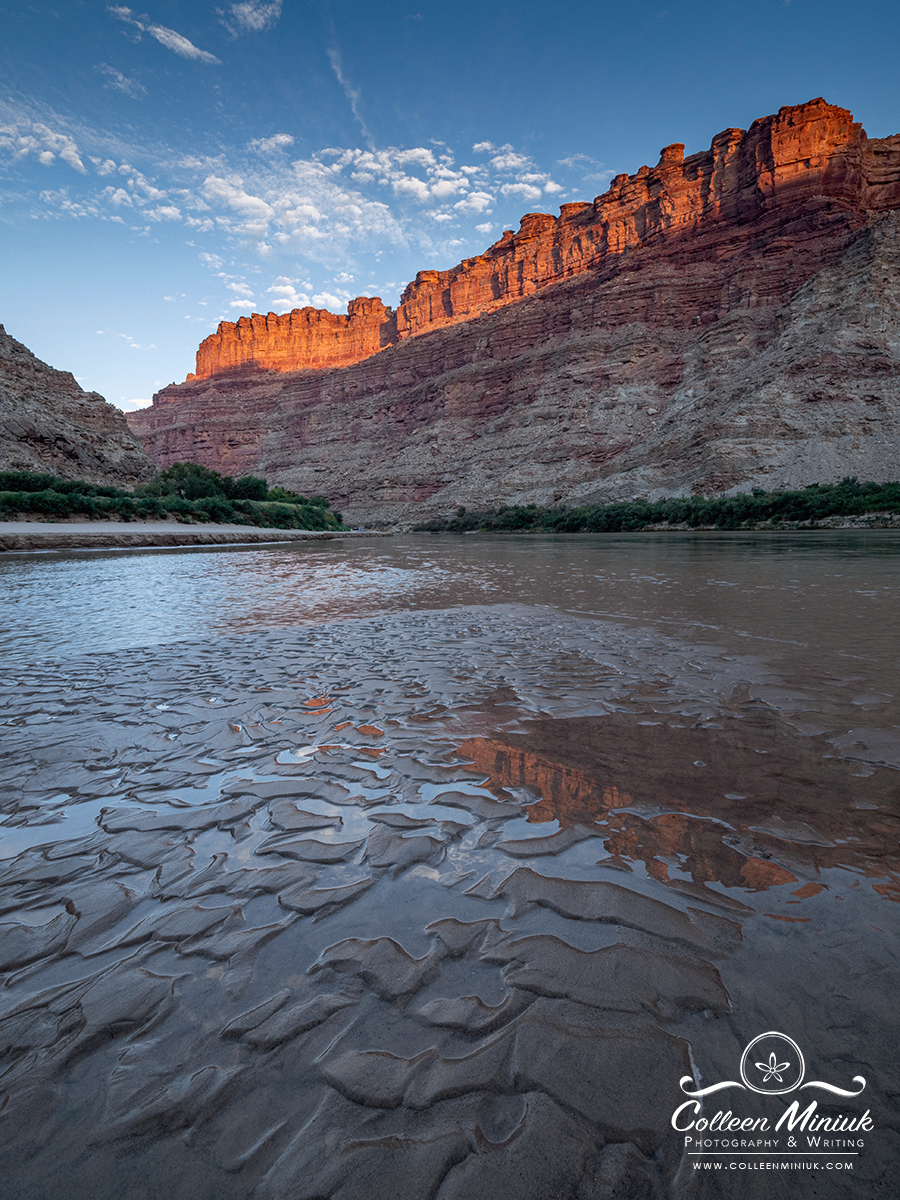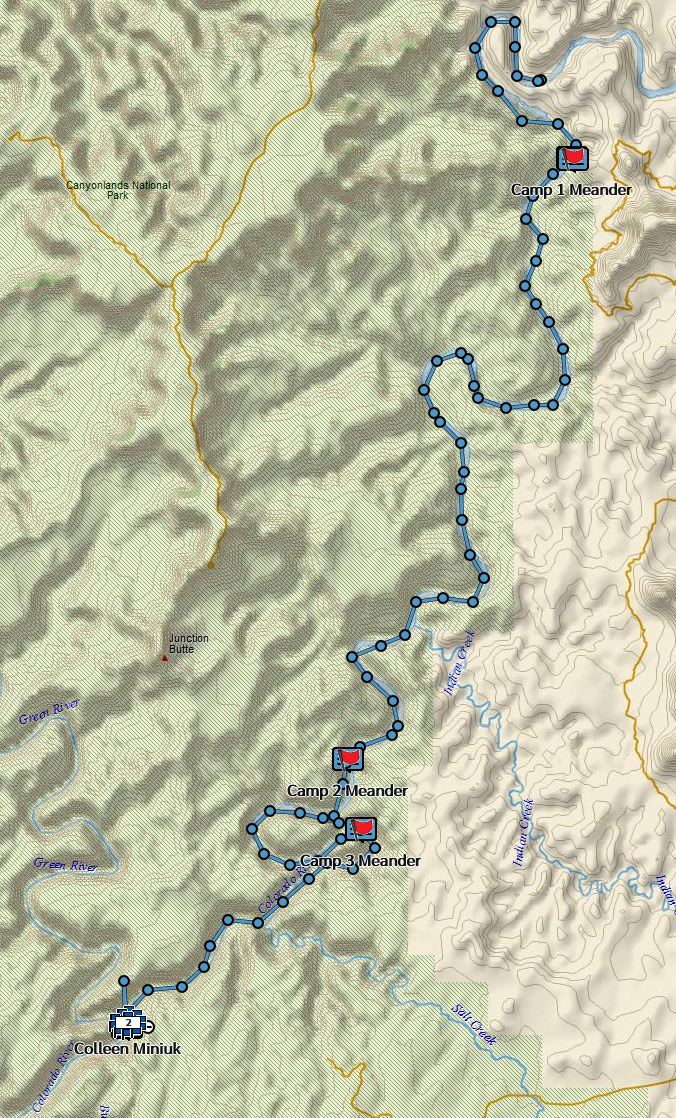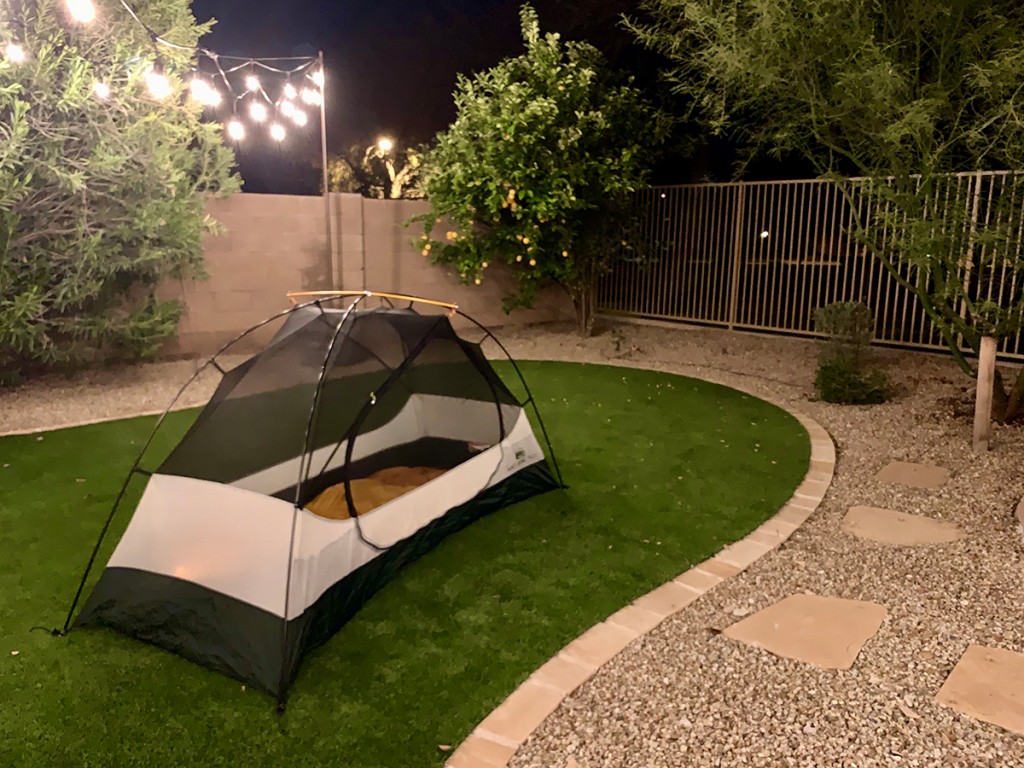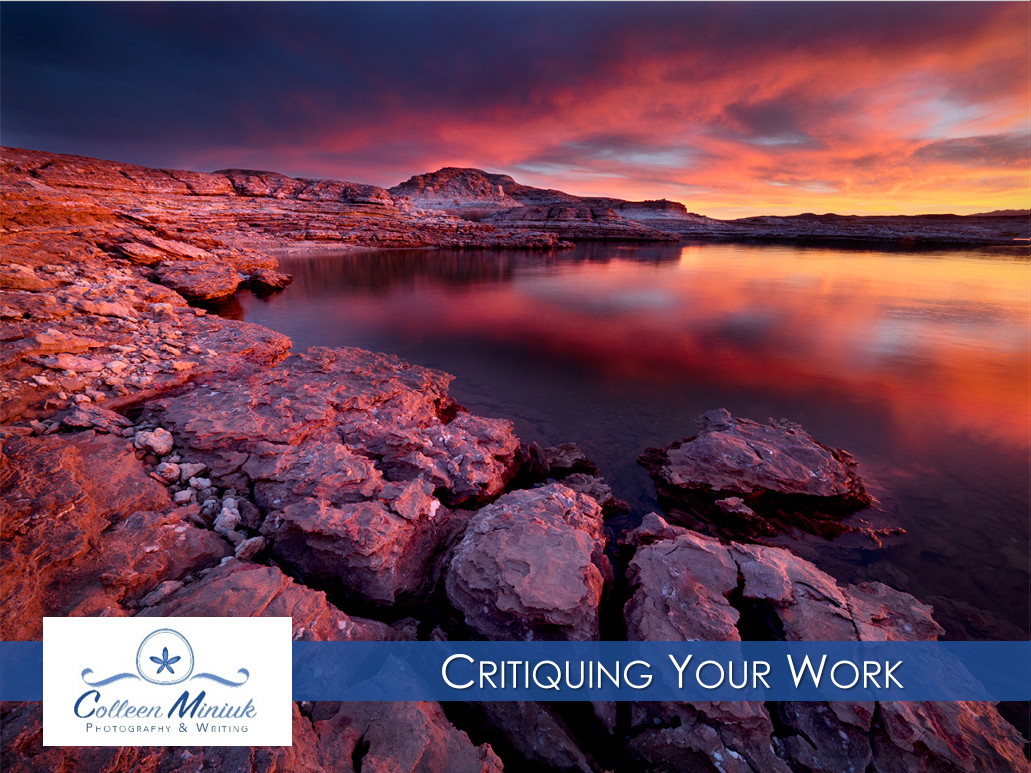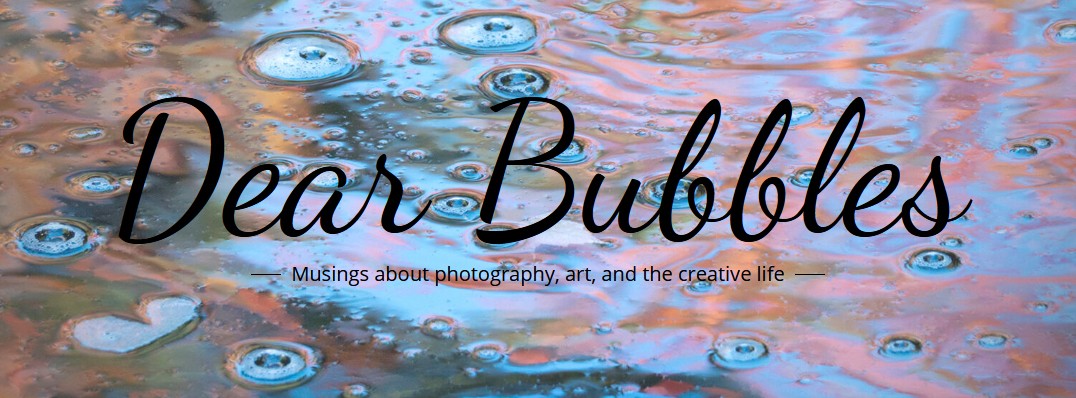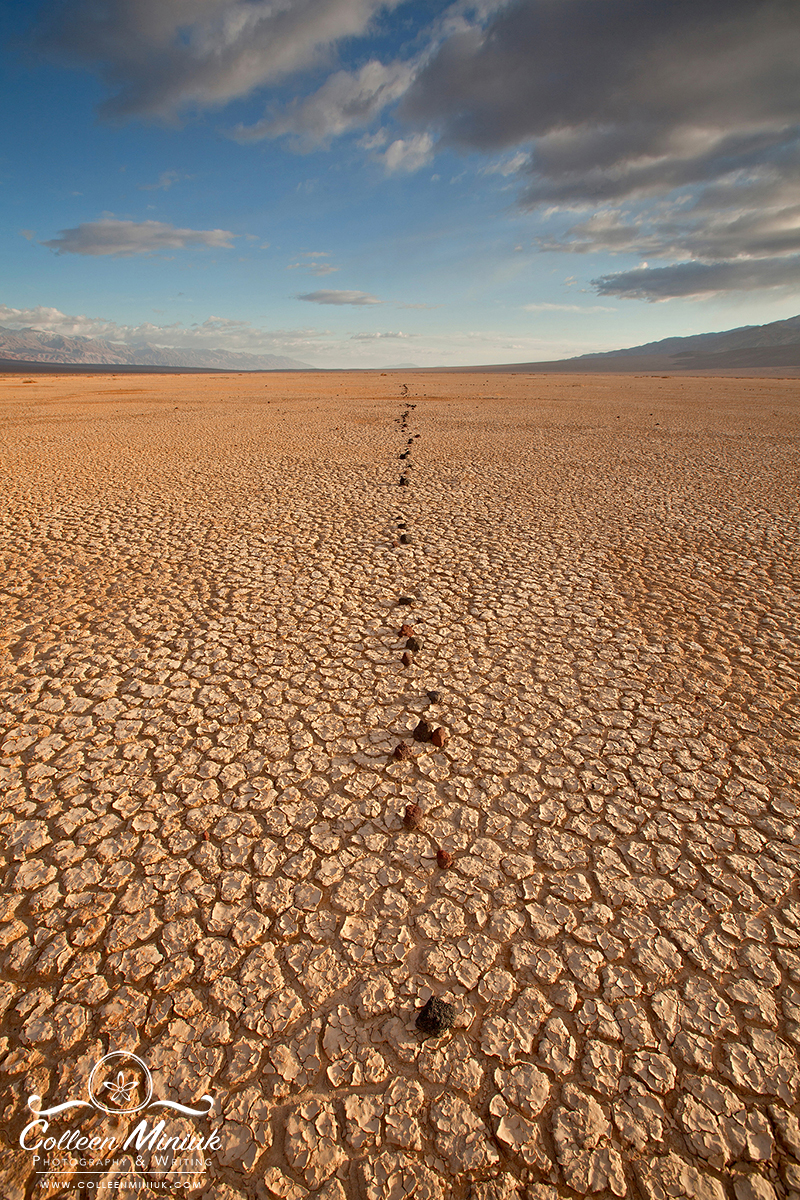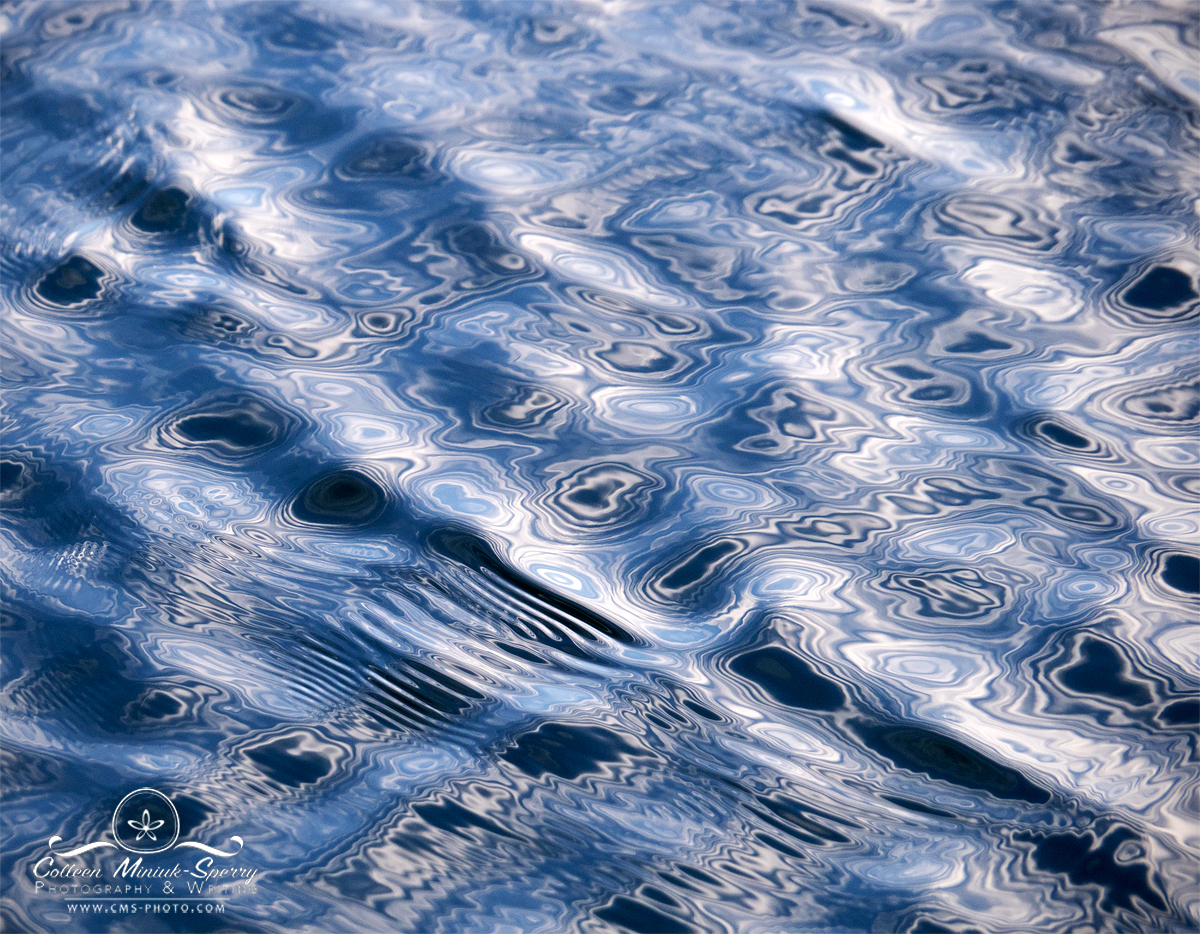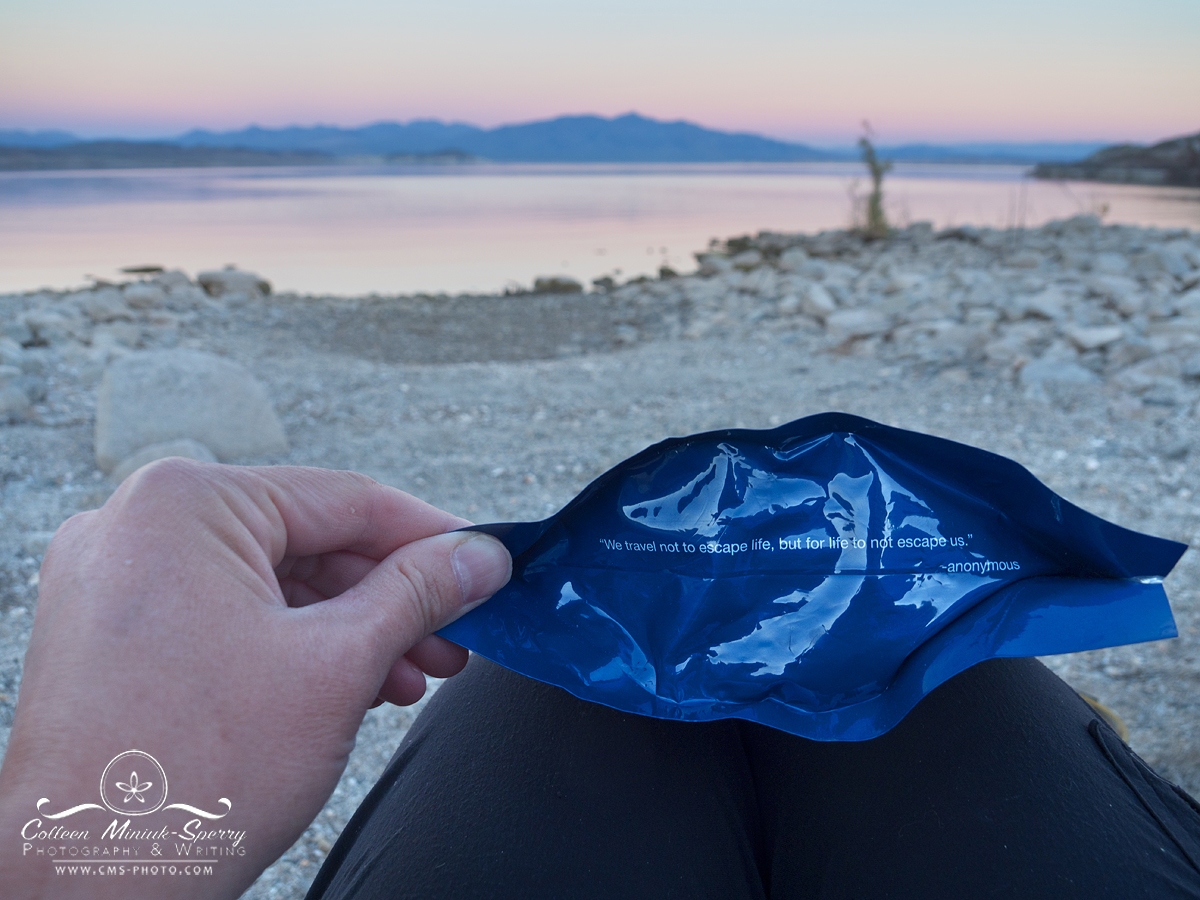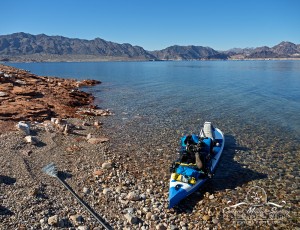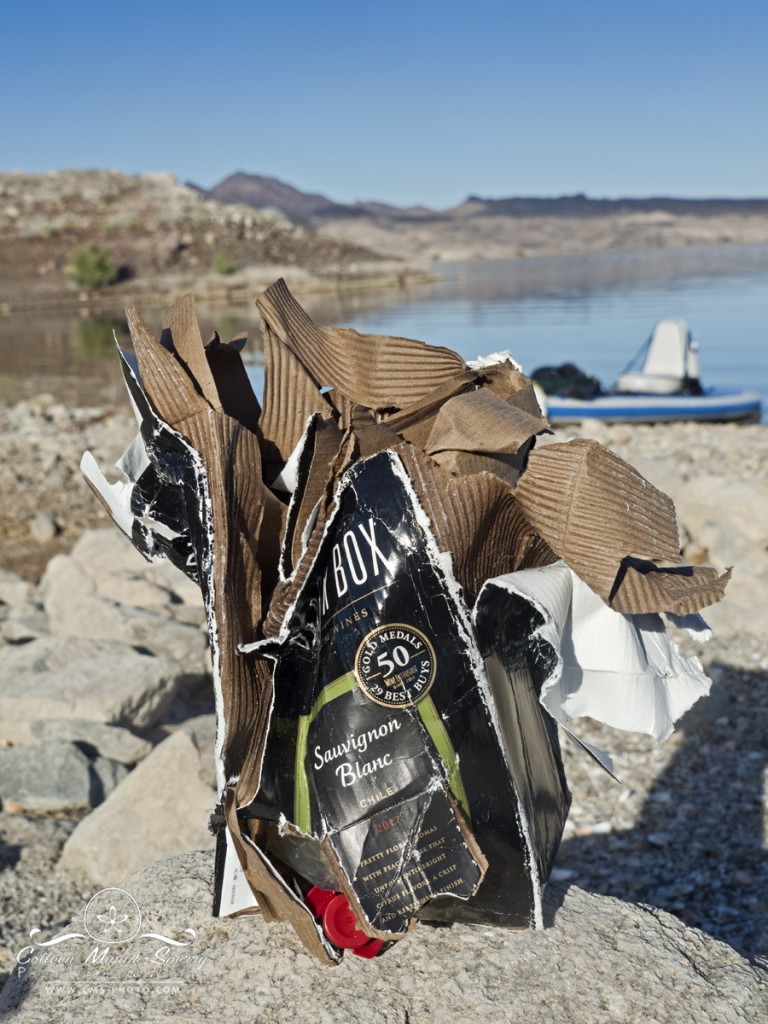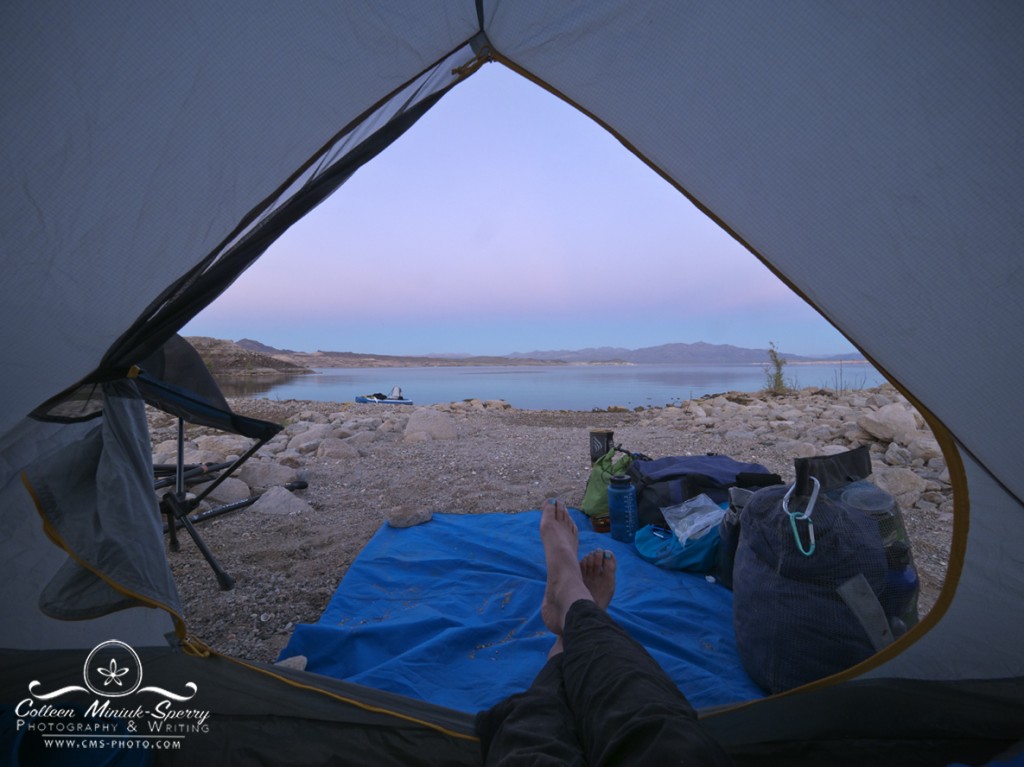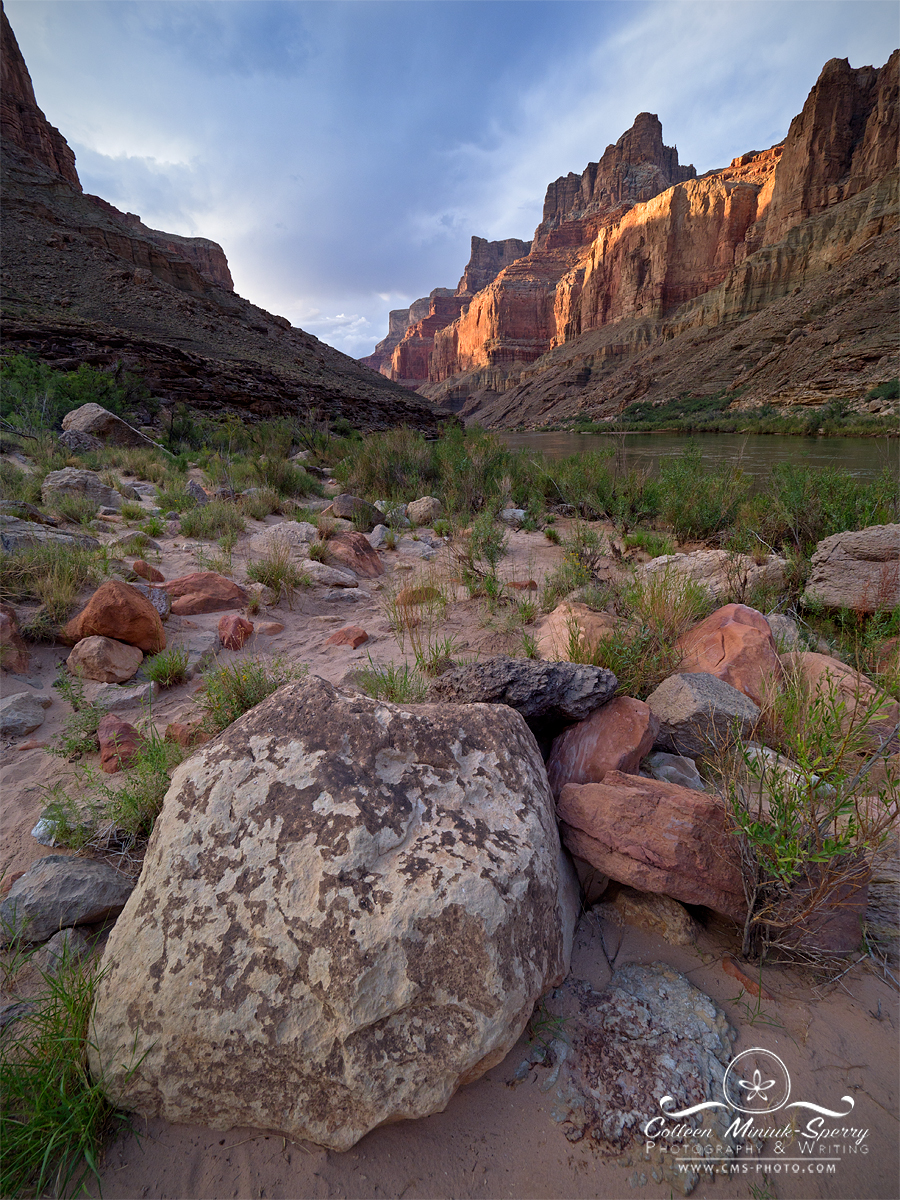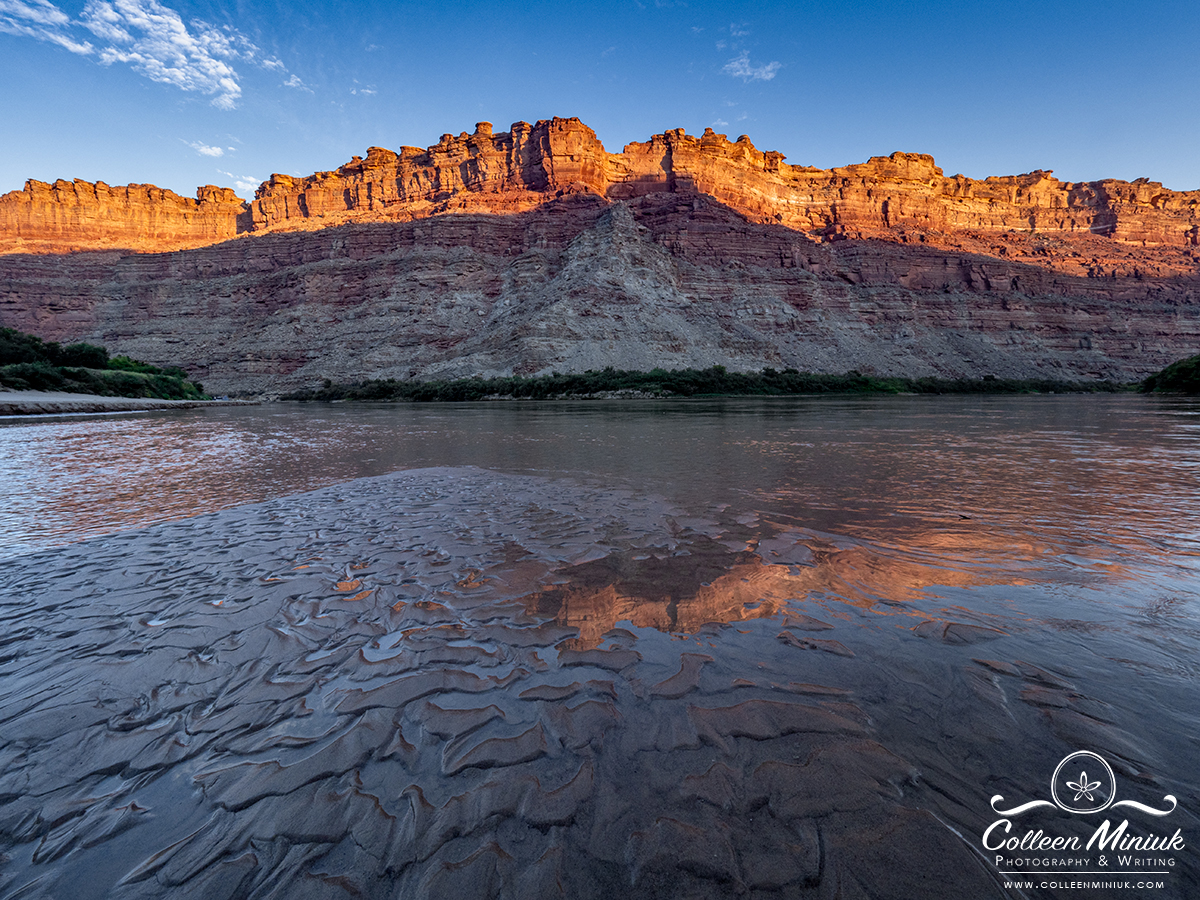
The confluence of the Green (left) and Colorado (right) rivers on the final morning of my paddle adventure.
This is the first October in 11 years that I’m not in Acadia National Park adoring the coast and chasing fall colors. Ongoing pandemic concerns and strict travel constraints cancelled my photography workshops there this year (one of which would have started today…). Those same reasons cancelled my appearance at this year’s Out of Acadia conference too. When I made those tough decisions, I felt sadness, disappointment, and frustration.
You know what wasn’t cancelled, though? Life.
I decided to use this unusual gift of time to explore another place that holds great meaning to me: the Colorado River. A couple of weeks ago, I went on a six-day solo paddle on my stand-up paddleboard through Meander Canyon, a 47-mile stretch of flatwater through Canyonlands National Park outside of Moab, Utah I’d not yet experienced—but had wanted to for years.
I launched at the Potash Boat Ramp, and after learning to faithfully follow the bubble line around sand bars to avoid getting stuck, watching big horn sheep rams climb impossible cliff walls, and listening to the river lave the shore each night, I ended at the magical confluence of the Colorado and Green rivers. I even had the confluence to myself for 21 whole hours! Yes, tutus and dancing and wine were involved! Don’t worry, eagles and ravens supervised.
So while Acadia wasn’t in the cards for this year, the trip gave me the chance to not only get some fresh air and deepen my connection with the river (which did wonders to uplift my spirits), but it also helped me create new photos for an upcoming exhibition and gather words for a new book project.
As my smart mama used to tell me growing up, “If one door closes, push another one open.” You just never know what kind of meanders your life will take…
See below for some photographs from the trip:
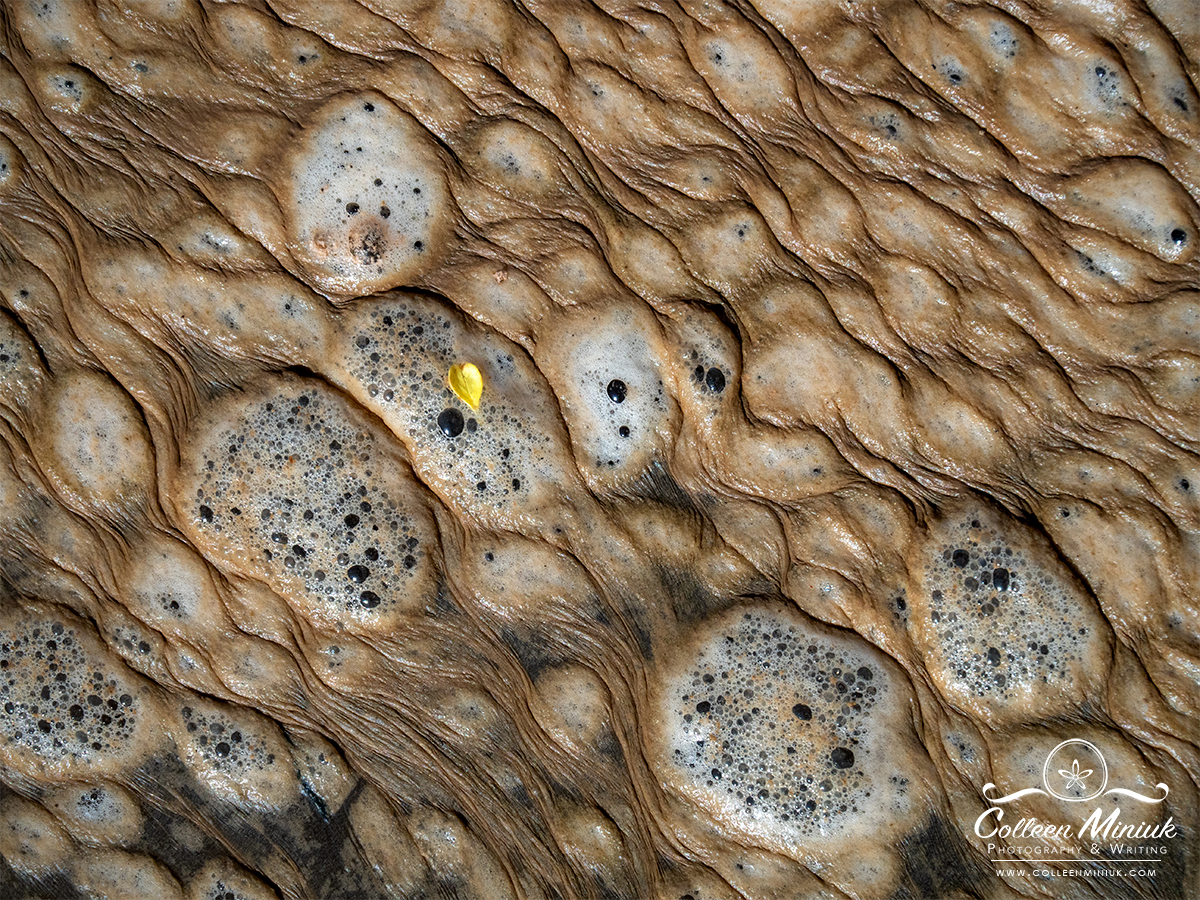
Foam bubbles collected against my SUP during a rest stop. How long do you think I stood there and photographed them?!
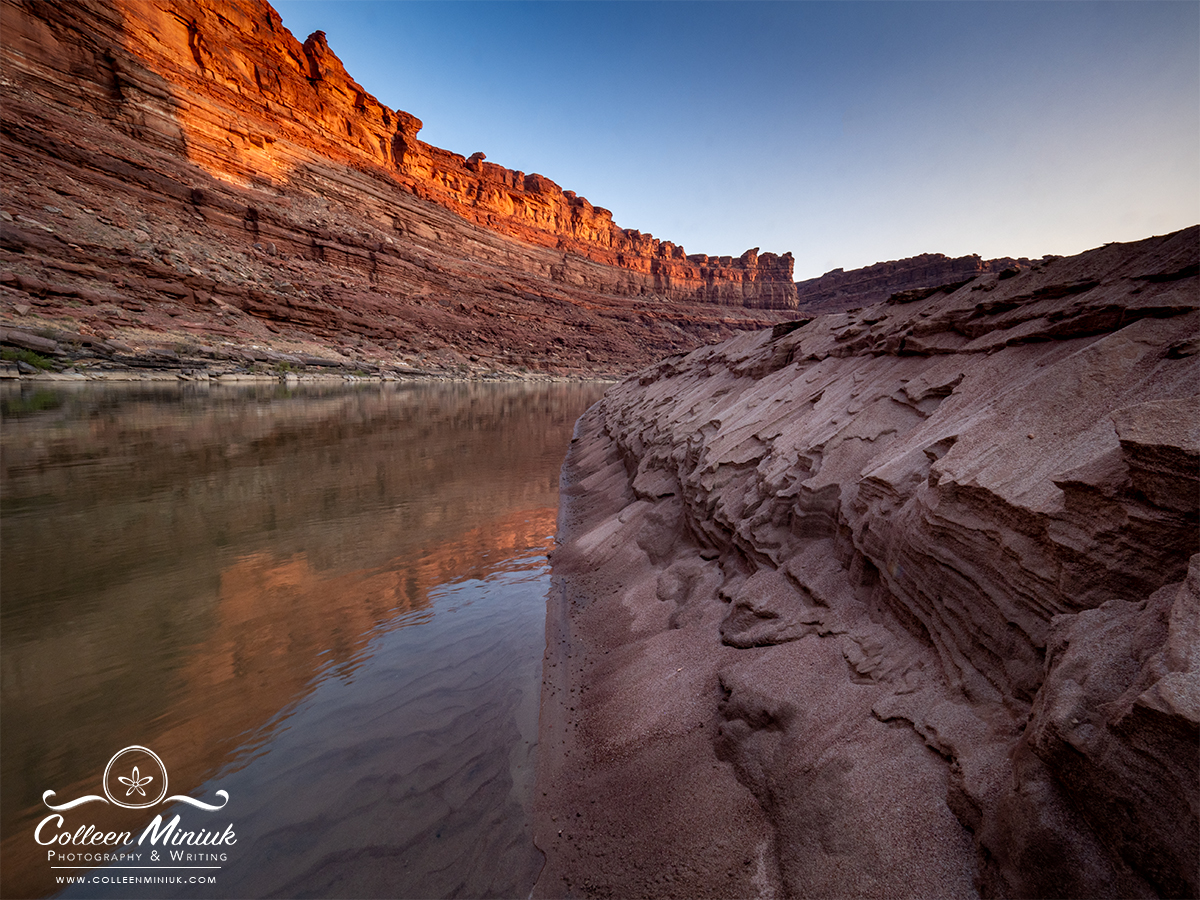
Sunrise view from my camp on Day 3 (near mile 12). I hadn’t intended on traveling so far on the second day (about 20 miles), but camps weren’t exactly where they were supposed to be per the map… I was treated to this glorious sand bar and view for my extra efforts.
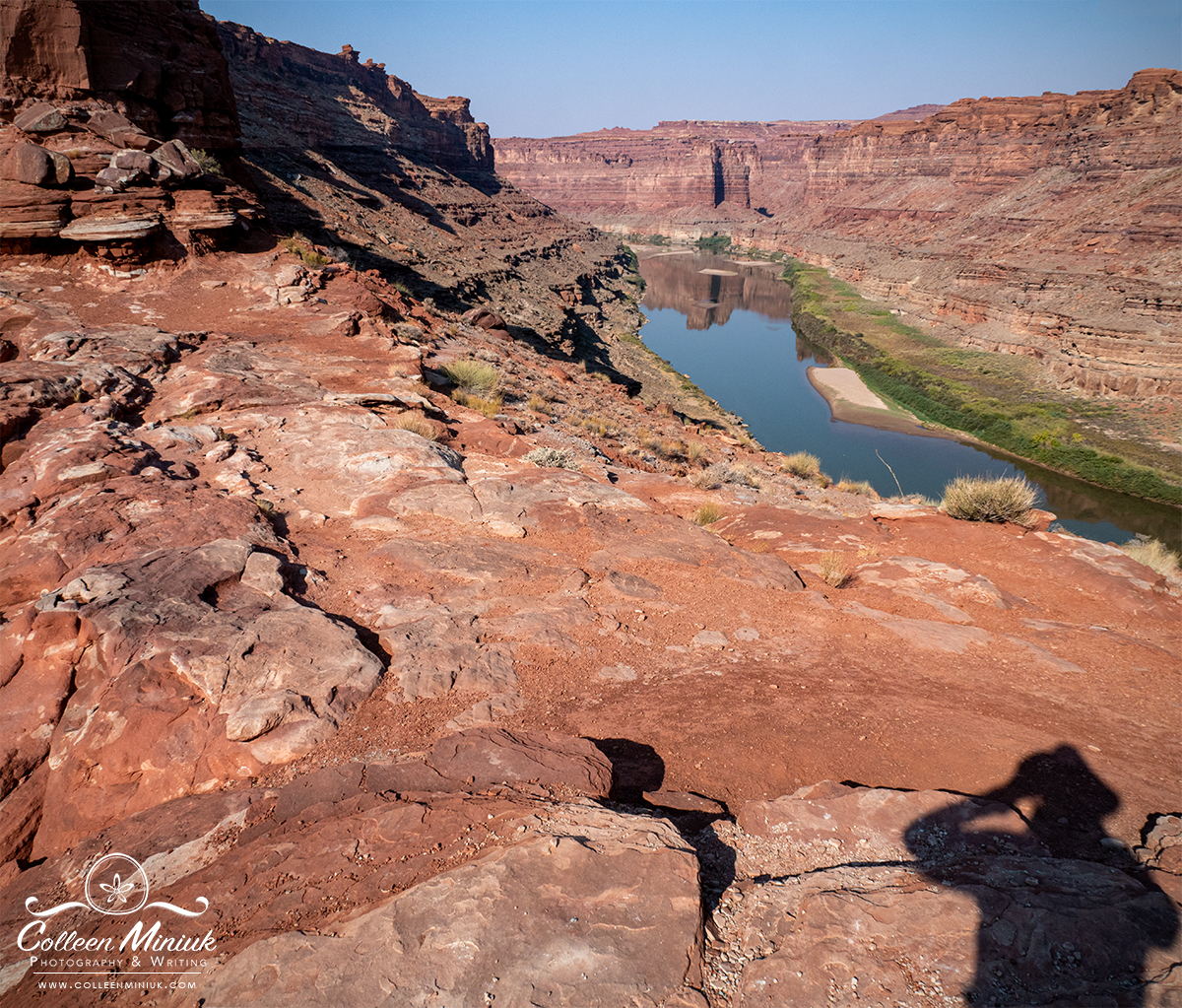
The Loop refers to an S-curve in the river that travels four river miles but loops back to within a quarter-mile of itself. From this viewpoint, which required a stair-step climb for a half-mile, you can see both sides of the river at the same time…this is the beginning of the Loop looking downstream at mile 11.
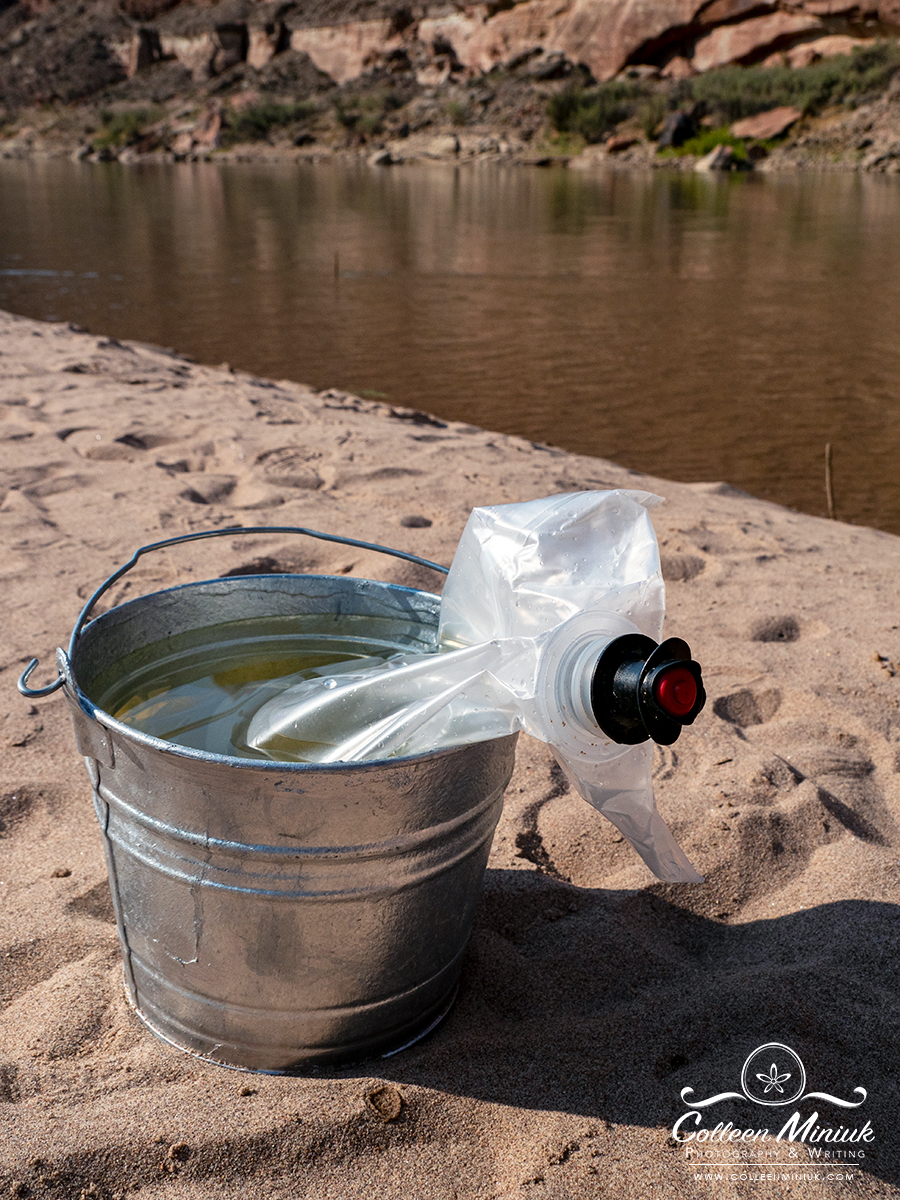
The Colorado River had remarkably low sediment, so the bucket I brought to settle water using alum became an extra piece of gear to drag along…until I realized I could fill it with cool water and have it serve as my wine cooler!
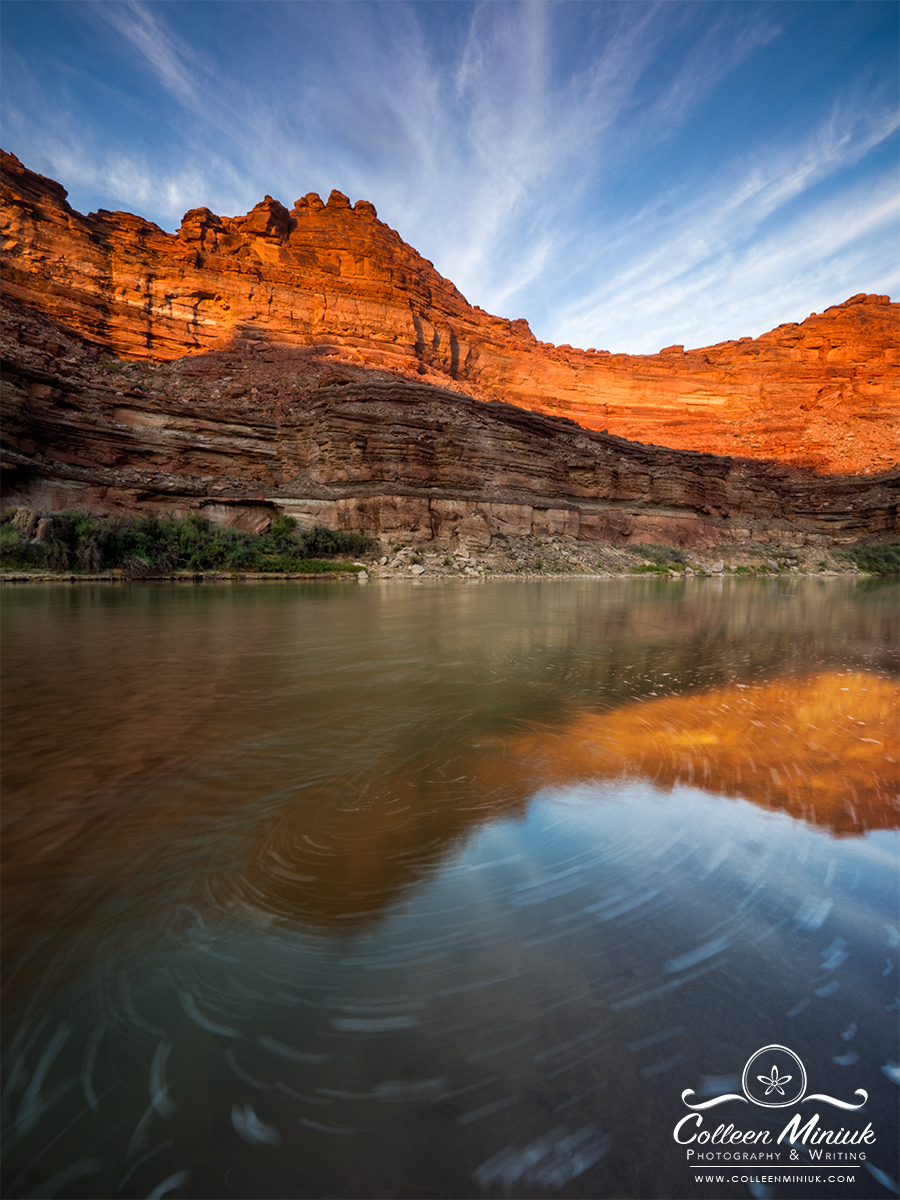
View from my camp on Day 3 (mile 7). I had blue skies almost the entire trip–except for night 3 (and the last morning of my trip at the confluence). As the sun started to set, a few poofs of clouds crested the cliffs in front of me. Then a few more, then streaks. I ran to the nearest eddy, which was all of ten feet in front of my tent, to make this image. As I like to say, sometimes “we must suffer for our art.” (LOL)

Looking downsteam at the Colorado River (officially the start of Cataract Canyon) after the Green and Colorado merged at sunset on day 5.
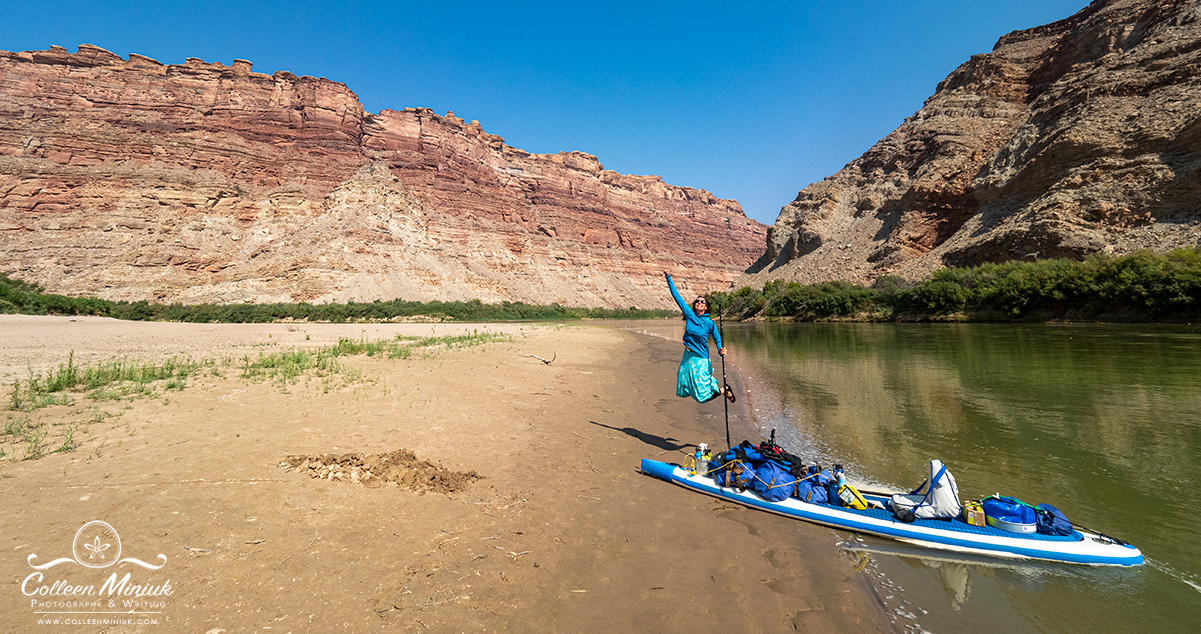
Jumping for joy at the confluence where I camped for two nights until the Tex’s Riverways jetboat picked me up and returned me to Potash (a two-hour-plus boat ride UP the Colorado River).

